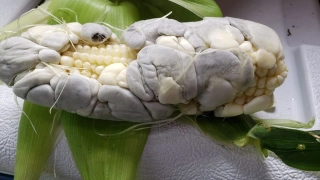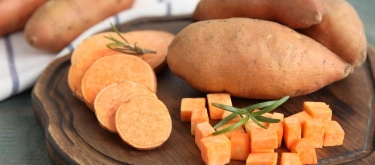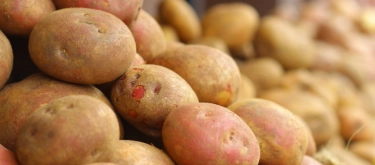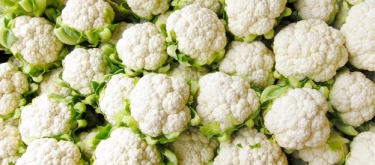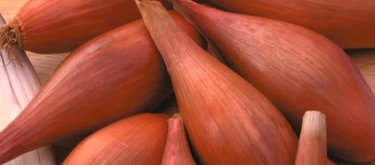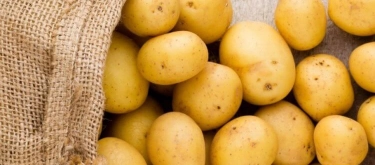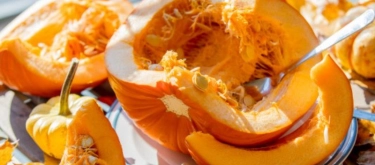Corn: Taste Profile, Aroma, Benefits and Health Risks
Corn is a versatile and beloved staple enjoyed worldwide for its naturally sweet flavor and satisfying texture. Whether eaten on the cob, mixed into salads, or ground into flour, corn provides a comforting yet dynamic taste experience. In this article, we focus first on describing the taste so you can immediately imagine its flavor, then offer a deeper, scientific exploration of its flavor components, along with culinary applications, nutritional benefits, and practical storage tips.
What does Corn taste like?
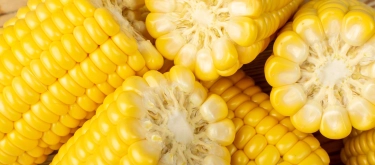
Complete Taste, Aroma, Texture, and Visual Appearance
Taste:
Imagine biting into a freshly cooked ear of corn: the kernels burst with a bright, natural sweetness that is immediately refreshing. The flavor is pure and uncomplicated—a clean, sugary taste with a whisper of earthiness. There is also a slight, buttery note as you chew, owing to the natural starches that lend corn its rich, satisfying finish.
Aroma:
Corn has a light, inviting aroma that is both sweet and mildly grassy. This fragrance is reminiscent of warm summer fields and enhances the overall sensory experience.
Texture:
The texture of corn is equally appealing: each kernel is tender yet crisp, offering a gentle crunch that gives way to a soft, juicy interior. Whether you bite into it fresh off the cob or enjoy it in a dish, the texture is smooth and pleasantly satisfying.
Visual Appearance:
Visually, corn is unmistakable with its golden-yellow kernels neatly arranged along the cob. The bright color and plump, glossy appearance signal its freshness and quality, making it as much a feast for the eyes as for the palate.
In-depth Flavor Analysis
Delving deeper, corn’s flavor can be explained through its natural chemical composition:
- Natural Sugars:
The inherent sweetness comes from a delicate balance of sucrose, glucose, and fructose. This combination provides a consistent, natural sweetness that sets corn apart from processed sugars. - Starchy and Buttery Undertones:
As you chew, natural starches break down, creating a subtle buttery aftertaste that enriches the overall flavor profile. - Earthy Nuances:
Minor volatile compounds contribute a hint of earthiness, adding depth and complexity without overshadowing the primary sweetness. - Dynamic Release:
The texture of corn allows for a gradual release of these flavors, so you experience an evolving taste—from the initial burst of sweetness to a smooth, lingering finish.
Culinary Applications of Corn
Corn’s versatility makes it an essential ingredient in many dishes:
- On the Cob:
Boiled, grilled, or roasted, corn on the cob is a summertime classic. - Salads and Sides:
Fresh kernels add color and a burst of sweetness to salads, salsas, and side dishes. - Baking and Cooking:
Ground corn forms the basis for cornbread, tortillas, and other baked goods, providing a hearty texture and natural sweetness. - Snacks:
Popcorn, a popular form of corn, offers a light, crunchy snack that can be seasoned in various ways. - Fusion Dishes:
Corn can be incorporated into soups, stews, and casseroles to enhance flavor and add bulk without overpowering other ingredients.
Selection and Storage of Corn
- Selecting Corn:
Choose ears of corn with bright, vibrant kernels that are plump and free of blemishes. Freshness is key—look for tightly husked ears with moist, glossy kernels. - Storage Recommendations:
Store whole ears in a cool, humid place or refrigerate them in their husks. Once shucked, use the kernels within a few days to ensure optimal flavor and texture. For longer storage, corn can be blanched and frozen.
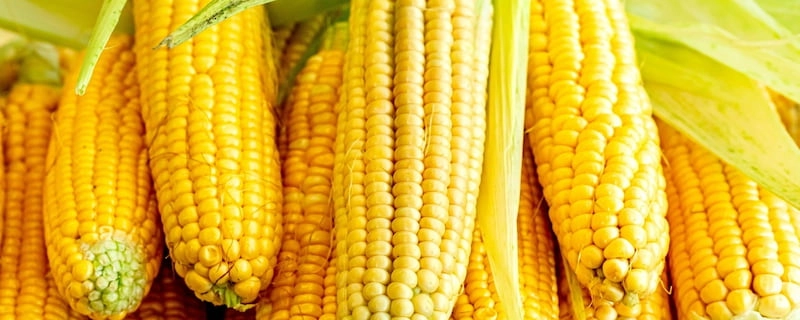
Quick Facts About Corn
- Global Staple:
Corn is a vital crop consumed around the world. - Nutrient-Rich:
High in natural sugars, fiber, vitamins (such as vitamin C and several B vitamins), and essential minerals. - Versatile Ingredient:
Used fresh, cooked, or processed into flour, oil, and more. - Seasonal Delight:
Fresh corn is especially popular in the summer months. - Economic Importance:
Corn is one of the most widely grown crops globally, supporting food security. - Culinary Diversity:
Featured in a vast array of recipes, from simple sides to complex gourmet dishes. - Low-Calorie Option:
Offers substantial nutrition with relatively few calories. - Sustainable Crop:
Corn is adaptable and cultivated worldwide, often with sustainable farming practices.
Benefits of Corn
- Nutritional Value:
Provides a good source of carbohydrates for energy, along with vitamins and minerals that support overall health. - Digestive Health:
Its fiber content aids in digestion and helps maintain a healthy digestive system. - Antioxidant Support:
Contains antioxidants that protect cells from oxidative stress. - Versatile Culinary Use:
Enhances a variety of dishes with its naturally sweet, mild flavor. - Low-Calorie:
An excellent choice for those managing calorie intake. - Heart Health:
The nutrients in corn support cardiovascular function. - Economic and Accessible:
Widely available and affordable, corn is a key component in many diets. - Energy Boost:
Provides sustained energy through complex carbohydrates.
Additional Nutritional Insights and Unique Varietal Details
- Core Composition:
Corn is composed primarily of carbohydrates, with dietary fiber, natural sugars, and essential vitamins and minerals. - Caloric Content:
Boiled corn provides roughly 90–100 calories per ear, making it a nutritious, energy-efficient food. - Micronutrient Profile:
Rich in vitamin C, several B vitamins, and minerals like magnesium and potassium. - Fiber-Rich:
The high fiber content contributes to satiety and aids in digestive health. - Varietal Differences:
Varieties such as sweet corn, field corn, and popcorn offer distinct flavors and textures. - Processing Impact:
Fresh corn retains most of its natural nutrients, while processing into flour or oil can alter its nutritional profile. - Scientific Research:
Studies suggest that regular consumption of corn may support heart health and improve digestive function. - Culinary Innovation:
Modern chefs use corn in diverse ways—from traditional sides to innovative fusion dishes—highlighting its adaptability.
How to Enjoy Corn
- On the Cob:
Boil, grill, or roast corn on the cob for a classic, sweet experience. - In Salads:
Add fresh or grilled corn kernels to salads for a burst of flavor and texture. - As a Side Dish:
Serve corn as a simple, nutritious side, seasoned with herbs and a touch of butter. - Baked Goods:
Use cornmeal in breads, muffins, and pancakes for natural sweetness and a tender crumb. - Snacks:
Enjoy popcorn as a light, crunchy snack with minimal additives. - Fusion Dishes:
Incorporate corn into soups, stews, or casseroles to add both flavor and substance.
Harm (Potential Negative Effects) of Corn
- High Glycemic Index:
Corn can cause rapid spikes in blood sugar if consumed in large quantities, which may be a concern for diabetics. - Processing Variability:
Highly processed corn products (such as corn syrup or corn oil) may lack nutritional benefits and be high in calories. - Pesticide Residues:
Conventionally grown corn may contain pesticide residues; organic options are preferable. - Genetic Modification:
A significant portion of corn is genetically modified, which may be a concern for some consumers. - Digestive Sensitivity:
Excessive consumption of high-fiber corn can lead to bloating or digestive discomfort. - Caloric Consideration:
Fried corn products can be high in unhealthy fats and calories. - Allergenic Potential:
Though rare, some individuals may have an allergic reaction to corn. - Nutrient Imbalance:
Overreliance on corn in the diet might lead to nutritional imbalances if not consumed as part of a varied diet.
Conclusion
Corn offers a delightful, naturally sweet flavor with a gentle earthiness that is both versatile and comforting. Its crisp, tender kernels and vibrant golden appearance make it an appealing ingredient in a wide variety of dishes—from classic corn on the cob to innovative fusion recipes. Rich in essential vitamins, minerals, and dietary fiber, corn provides nutritional benefits while delivering a straightforward yet satisfying taste experience. By selecting fresh, high-quality corn and choosing healthy preparation methods, you can fully enjoy its natural flavor without overwhelming your palate.
References
- Johnson, L. & Carter, M. (2018). Global Guide to Vegetables and Grains. New York: Healthy Living Press.
- Smith, J. (2019). "Nutritional Analysis of Corn Varieties." Journal of Nutrition Research, 15(2), 45–53.
- Garcia, P. (2020). Corn: From Field to Table. London: Culinary Press.
- Brown, A. & Lee, S. (2020). "Dietary Fiber and Nutritional Impact in Corn." International Journal of Food Science, 12(1), 112–119.
- Martinez, R. (2019). The World of Corn: Culinary and Nutritional Perspectives. Singapore: Global Grain Press.
- Kim, S. (2020). "Effects of Cooking Methods on Corn Nutrients." Food Chemistry Research, 15(3), 89–97.
- Anderson, D. & Gupta, R. (2021). The Encyclopedia of Grains and Vegetables. Los Angeles: Global Veg Press.
- Wong, A. (2018). "Modern Trends in Corn Consumption and Preparation." Journal of Culinary Studies, 11(4), 123–130.
